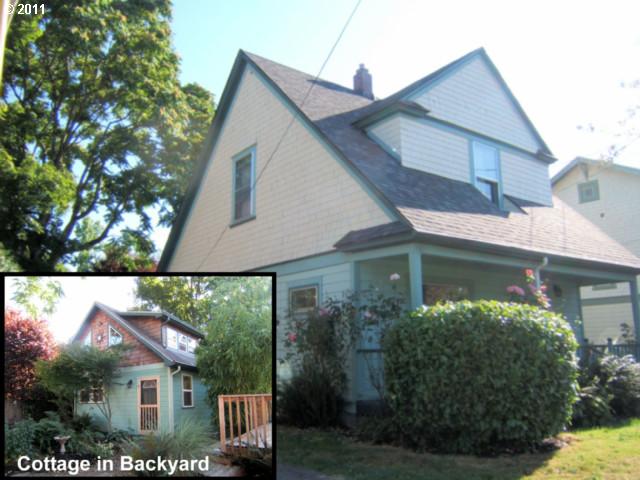Wow what a winter we’ve had.
If you haven’t had water in your basement or crawl space before, this may have been the year that you did. In fact, if you have a crawl space instead of a basement and you haven’t looked in it lately, it would be a good idea to check it during or after the next heavy rain and see if it is dry.
I’ve gathered some resources for you for moisture issues and I may post more of them in upcoming newsletters, but feel free to email me if you need the whole list sooner rather than later. I am not an expert in these areas; most of what I have learned is gleaned from listening to hundreds of home inspections over the years. I like to learn something new at every home inspection.
First the basics. Keep your gutters clean and your downspouts unclogged. Go outside in a heavy rain and look at how they are flowing. Are the gutters overflowing? All the water should be flowing down the downspouts without backing up or spilling over. This can mean cleaning your gutters and downspouts more than once or twice a year. If your downspouts are disconnected from the storm sewer, the water should be directed away from house, first touching the ground at least 4 to 6 feet away from the house or going into a “drywell” in the ground or other storm management system.

Some people use rain gardens or beautifully arranged pebbles to guide the water away from the house.
If your downspouts are still connected to the storm sewer, and you suspect they are backing up or broken, you might try checking out Grumpy’s Drains. One of their specialties is clearing rain drains, the drains that go from your downspouts to the street or storm sewer.
Another drainage company my clients have gotten help from in the past is Ability Plus Drainage (Greg Brimhall). They, like many drainage contractors, get very busy at times like these and can be challenging to reach and schedule with. But keep trying. This company is very knowledgeable and can sometimes design creative solutions that are more affordable than a complete waterproofing job, including french drains and other methods.
If keeping stormwater away from your house doesn’t do the job, many contractors will recommend a sump pump. These have a variety of features, and sometimes more than one is needed, so do the research before having one put in. Other steps may include sealing the foundation from the exterior, which usually involves digging down to get access to the foundation.
Keeping water out of your basement or crawl space is an important step in preventing mold in your home and resolved basement moisture problem is a plus for resale. Check with me for a list of contractors for this or other projects. I’d be happy to help.











 High, vaulted ceilings open up the space and carry into the dining area. The beautifully updated kitchen boasts eco-friendly paperstone counters, stainless steel appliances, a sizable pantry and a counter depth fridge. A master suite with bath, along with second and third bedrooms and bath are tucked away down the hall for privacy.
High, vaulted ceilings open up the space and carry into the dining area. The beautifully updated kitchen boasts eco-friendly paperstone counters, stainless steel appliances, a sizable pantry and a counter depth fridge. A master suite with bath, along with second and third bedrooms and bath are tucked away down the hall for privacy.





